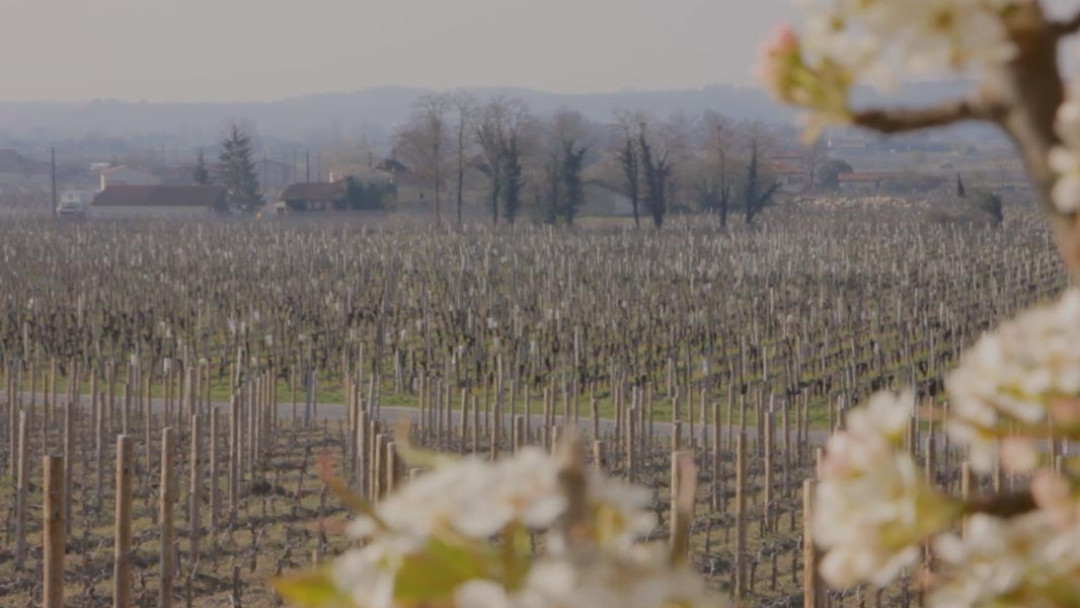Chateau Pavie has been in the good books of Bordeaux wine lovers and investors for many years, but there are some things you may not know about the Saint Emilion superstar...
1. It has Roman roots
The slopes of Chateau Pavie have born vines since the fourth century, thanks to planting efforts by the Romans. However, the property did not become famous as a Saint Emilion wine producer until nearly 2,000 years later, when it was owned by the Talleman and Pigasse families. It takes its name from the peach orchards (‘pavies’) that once grew in the area.
2. Significant investment made it a major fine wine player
The property was purchased by Gerard Perse in 1998 who was prepared to spare no expense in getting the estate up to scratch. At the time, the vineyards were in poor condition and the Pavie name – while reasonably well known – had yet to meet its potential. A large volume of the vineyard needed extensive work, with restorations completed in 2000.
3. It received ultimate recognition in 2012
Chateau Pavie was one of just two properties to receive a top promotion in the September 2012 Saint Emilion classification, rising to Premier Grand Cru Classe A status alongside Chateau Angelus. Since then, both estates have increased the prices of their newly-released wines, with the value of their back vintages rising accordingly.
4. The property had (another) massive makeover in 2013
In June 2013, Chateau Pavie unveiled an impressive new winery. Two of the estate’s existing buildings were joined together by a huge atrium to create 8,500 square metres of winemaking buildings, as well as a 1,500 square metre terrace, all adorned in marble and limestone. The project was completed by famed architect Alberto Pinto at a cost of $19 million, and has caused some controversy in the region due to its flashy appearance.
5. It’s part of a signature wine empire
The Perse family owns a further six vineyards, spread between Saint Emilion and Castillon Cotes de Bordeaux: Pavie-Decesse, Monbousquet, Bellevue Mondotte, Clos des Lunelles, Chateau Clos l’Eglise and Chateau Sainte-Colombe. All have, or have had, Michel Rolland in position of consultant, with many keen observers noting clear similarities running across the wines of the properties – a distinctive Perse style comprising firm levels of extraction and a clear use of oak.
6. The vineyard layout is unique to Saint Emilion
Chateau Pavie’s vineyard comprises one large block, which is relatively unusual in the region. The 42 hectare site – the largest Premier Cru Classe A vineyard in the region – comprises 60% Merlot, 25% Cabernet Franc and 15% Cabernet Sauvignon. Its terroir is not conducive to early ripening, so Pavie is often one of the last Saint Emilion estates to finish harvesting.
7. It’s no stranger to critic controversy
Critics have been fiercely divided over the wines of Chateau Pavie, with some suggesting Perse has specifically tailored its wines to the taste of Robert Parker. In fact, an outright war between Parker and Jancis Robinson broke out following the release of the 2003 vintage, when Robinson gave the wine a scathing review and Parker accused her of spitefulness and deceit!
8. It has organic ambitions
The vineyard is farmed using sustainable vineyard management techniques, with a focus on low yields. Some 70% of the vineyard is currently farmed using organic methods, although it’s the estate’s ultimate goal to become 100% organic.
9. Age is an advantage
Chateau Pavie is rich, filled with minerality and offers great intensity through plum, blackberry, chocolate and spice flavours. While it can be drunk young, most experts agree that its tremendous ageing potential makes older vintages more enjoyable, and that it should ideally benefit from at least 15 years of ageing to allow the wine to soften and develop its complexities.
10. It has a second wine
Since 2005 Chateau Pavie has produced a second wine under the name ‘Aromes de Pavie’, which replaced the name ‘Chateau Tour Simard’. The blend comprises 70% Merlot, 20% Cabernet Franc and 10% Cabernet Sauvignon, and is made principally from vines less than 10 years old.






